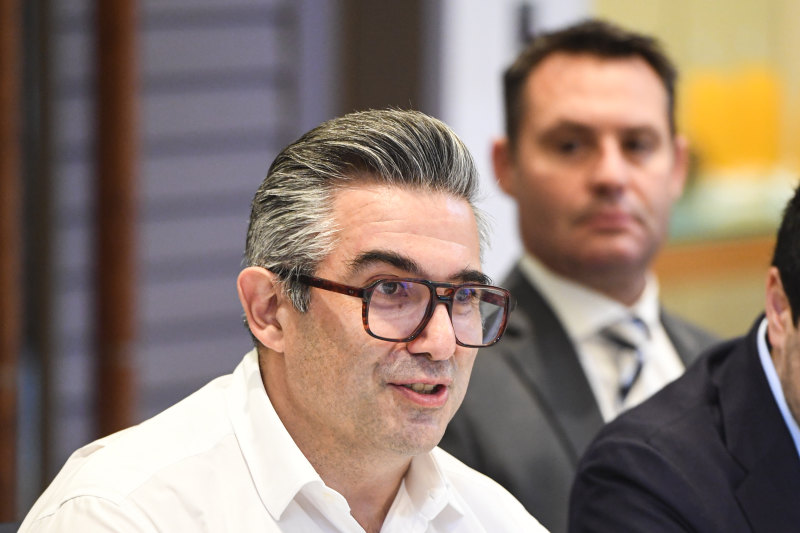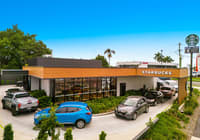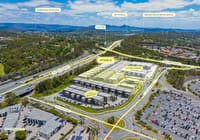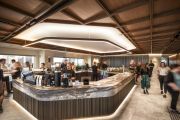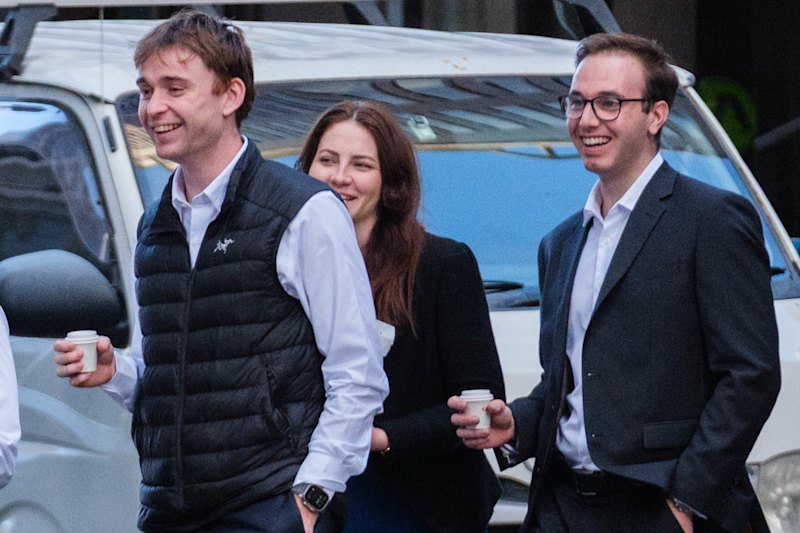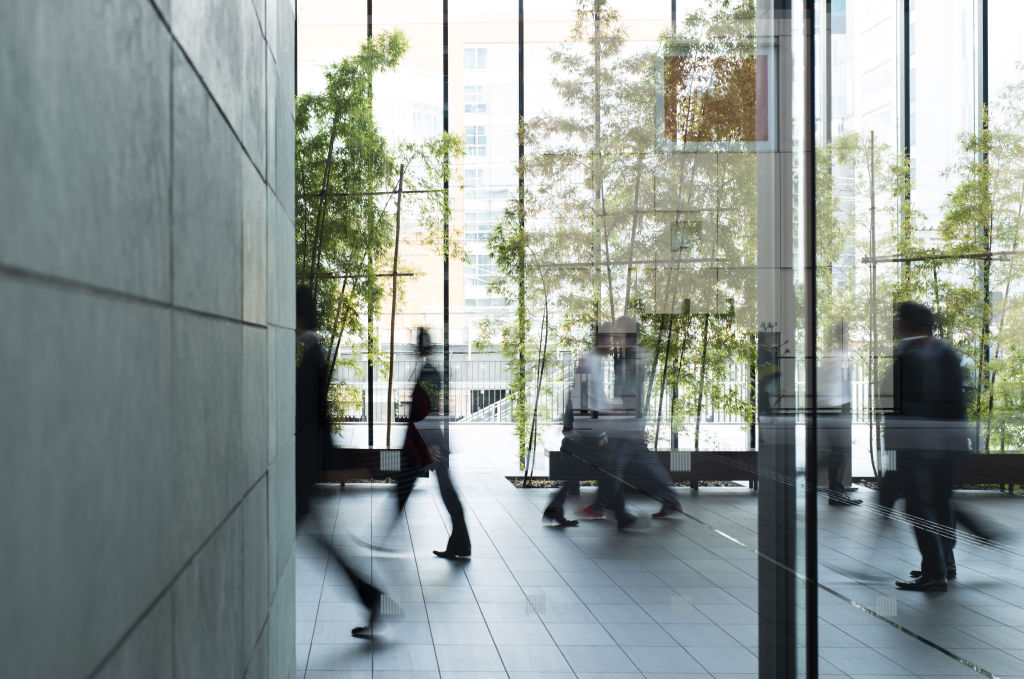
Making the office magnetic: How employers are 'earning the commute'
Companies must create staff-centred workplaces to remain competitive in today’s labour market, according to industry experts.
Property Council of Australia data to November 2022 shows office occupancy across major capital cities has rebounded after hitting record lows during the pandemic.
Despite this, COVID lockdowns have altered worker expectations. A 2022 survey by the Financial Services Union found 75 per cent of employees were concerned about the time and cost of commuting if they were required to return to the office by their employer.
A June 2022 report by Deloitte and Swinburne University of Technology also found 78 per cent of employees who could work remotely wanted to do so at least some of the time.
Cameron Williams, national director for office leasing at Colliers, says while many companies enable remote working, there are multiple reasons to entice staff back.
“Employers aren’t necessarily saying, you’ve got to be here Monday to Friday, nine to five, but they are trying to find the balance,” he says. “Businesses want their workers to get to know their colleagues – and that human connection is really important if people are going to work effectively together.
“It’s also about successful mentoring of staff, and that’s difficult to do remotely.”
Williams says part of the answer is choosing locations and creating spaces that induce workers to come in. The workplace needs to be an experience that staff enjoy. Like all things in real estate, this starts with location.
“An isolated building that’s difficult to get to and has no appealing amenities surrounding it isn’t going to cut it,” he says.
“When people come back to the office after being away for an extended time, they often think, ‘This is really great. It’s good that we can go for a drink after work or easily get to shops and other services.’
“It’s why we are seeing stronger interest in our core CBD office sectors compared to smaller metropolitan markets.”
Williams says employee-centric offices have also moved on from the concept of high density, which was all-pervasive half a decade ago.
“There was a race to the bottom in seeing how many workers they could jam-pack into an area,” he says. “It was about getting workspace ratios down. Now, individual spaces are back with access to focus areas and collaboration zones when needed.
“Of course, great connectivity and technology allowing workers to be remote, or partially remote, is critical, too.”
Scott McCrossin, JLL’s managing director of project and development services, agrees there are several elements that staff-magnetic office spaces require.
“A workplace has to earn the commute these days,” he says. “Workers need good collaborative areas that create ideation and innovation but are also well coupled with technology.
“No one wants to go to the office and struggle with technology when they’ve probably got their home office nicely set up and working.”
McCrossin says more casual interactive zones within the building’s common area and the tenancy itself are necessary, too.
“If you’re leasing a reasonable amount of floor area, it’s worth the effort to create a small cafe space that’s cool and offers a lounge-like experience so people can have those casual conversations,” he says.
McCrossin says giving workers the ability to move between a variety of different zones within the office across the working week can also help them feel connected and creative.
Another feature benefiting health and wellbeing is end-of-trip facilities. While these aren’t new, they are becoming more elaborate and encouraging staff to ride or run to the office.
“Some are amazing,” McCrossin says. “Marble bathrooms, towels provided, your own locker and so on. It just makes it easier to want to come into the office. You look forward to riding to work and then riding home. It’s all part of the experience.”
He says employers should also think about creating positive workplaces to assist with mental health. By providing the right facilities and elements, workers can feel more centred, productive and content. Increased greenery within workplaces is an example of this.
“That’s also why you’re seeing a real push from companies wanting to be in new buildings with high wellness ratings, higher Green Star ratings and those sorts of elements,” he says. “They’re nicer places to be in for staff.”
Another, perhaps lesser-known, approach is the strategic use of background sound, such as white noise in common areas, which is reported to help workers with concentration.

